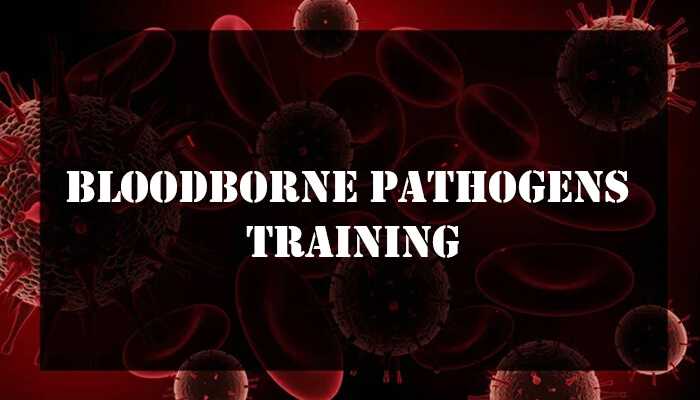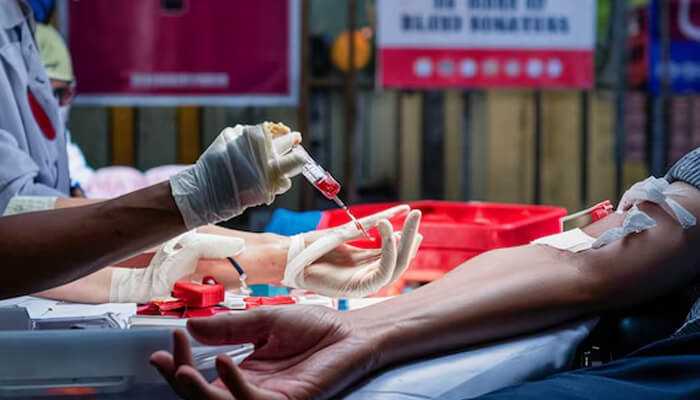Are you aware of the dangers in healthcare? As a healthcare worker, it’s important to have Bloodborne pathogens training and know how to protect yourself and others.
It’s easy to overlook regular training on this, but it’s crucial. In this post, we’ll go over why this training is so important.
Let’s jump in and learn how to stay safe and keep our workplace healthy.
1. Protecting Employees from Exposure
Employees who work in environments where they may come in contact with blood or other bodily fluids are at risk of exposure to various pathogens, including:
- HIV
- hepatitis B
- hepatitis C
By undergoing comprehensive Bloodborne pathogens training, employees are equipped with the knowledge and skills necessary to handle these potentially harmful situations safely. This training also teaches employees the proper use of personal protective equipment, such as the following:
- gloves
- face masks
All these help to minimize their risk of exposure.
2. Ensuring Compliance with Regulations
Compliance with federal regulations, such as the Occupational Safety and Health Administration’s (OSHA) Bloodborne pathogens Standard, is another critical aspect of bloodborne pathogens training. This standard mandates that employers provide training to employees at risk of exposure and implement appropriate safety measures. Non-compliance can lead to severe legal consequences, including:
- fines
- and increased liability
Regular training sessions ensure that employees are aware of current regulations. This protects both the organization and its workers. Companies can avoid costly penalties by integrating bloodborne pathogens training into their safety program.
3. Enhancing Emergency Preparedness
In the event of an emergency, such as a natural disaster or public health crisis, it is crucial for individuals to be knowledgeable and skilled in preventing the spread of bloodborne pathogens. This training equips individuals with the necessary knowledge and techniques to protect themselves and others from potentially life-threatening infections.
By understanding the proper procedures for handling blood and other bodily fluids, individuals are better prepared to respond quickly and effectively in emergency situations. This will protects their own health and also contributes to the preparedness and safety of the community.
4. Fostering a Culture of Safety
This training not only educates individuals on the proper methods of handling potentially infectious materials, but also emphasizes the importance of maintaining a safe and healthy environment. By instilling this level of awareness and responsibility, employees are more likely to do the following:
- take necessary precautions
- and follow protocols
This will help to prevent the spread of harmful pathogens. This creates a culture where safety is highly valued and prioritized. In turn, this will lead to the following:
- decrease in accidents
- and potential exposure risks
By fostering a culture of safety, bloodborne pathogens training protects individuals. Plus, it also promotes a positive and productive work environment. Furthermore, organizations that promote safety are often viewed as more attractive places to work.
It enhances their reputation in the industry. Organizations can mitigate risks by prioritizing this vital training. So, for those looking for in-depth training resources, consider exploring MyCPR NOW’s Bloodborne Pathogens Certification to ensure your team is well-prepared.
Bloodborne Pathogens Training Is Essential for Workplace Safety
Bloodborne pathogens training is key to keeping workers safe and preventing the spread of diseases. With the right training, employees can understand risks and learn how to handle hazardous materials safely.
Be sure to schedule regular training to protect the health and safety of all staff. Prioritize this training now to support the well-being of your team.
Looking for more tips and advice? You’re in the right place! Make sure to bookmark our page and come back to check out more interesting articles.



